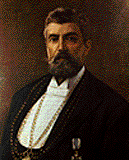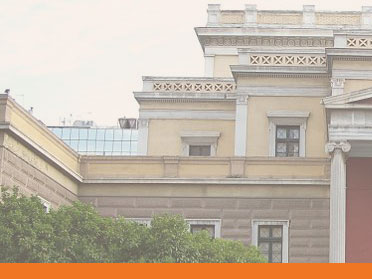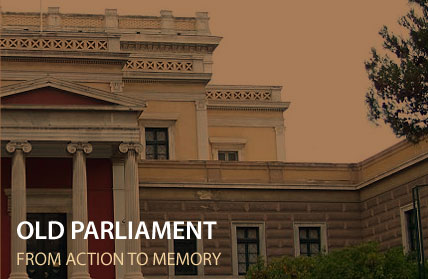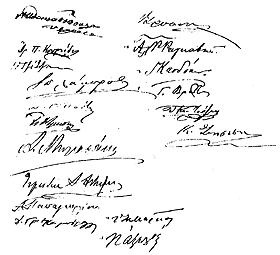The Society focused at "the collection of historical and ethnographic material that contributed to the study of the middle and modern Greek history and literature, of the life and language of Greek people and at the establishment of a museum and archives preserving this national heritage".

N. Politis, founder of Folklore Studies in Greece
For the first time in Greece interest was manifested not only in research, but in contacting the public through an artifact exhibition. It is also important that the Society was particularly concerned with the promotion of Greek history of Middle Ages and Ottoman period as well as with the study of the emergence of the Neohellenic State. Its ambition was to establish a National Museum according to the west European models.



